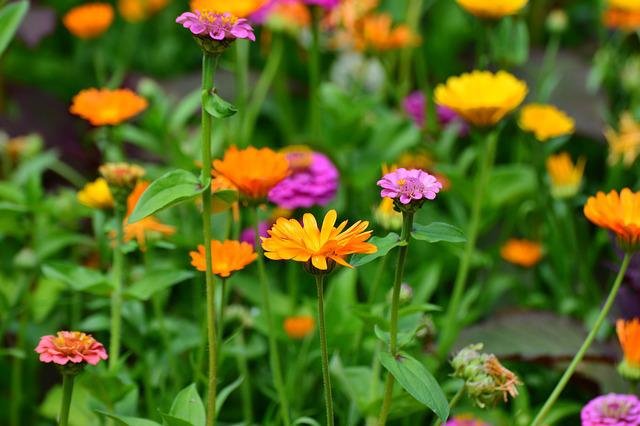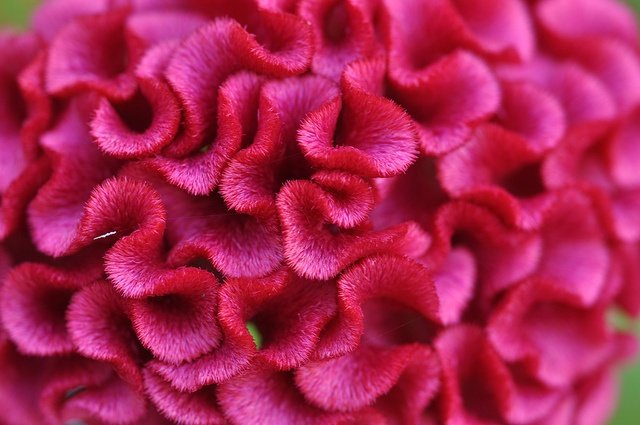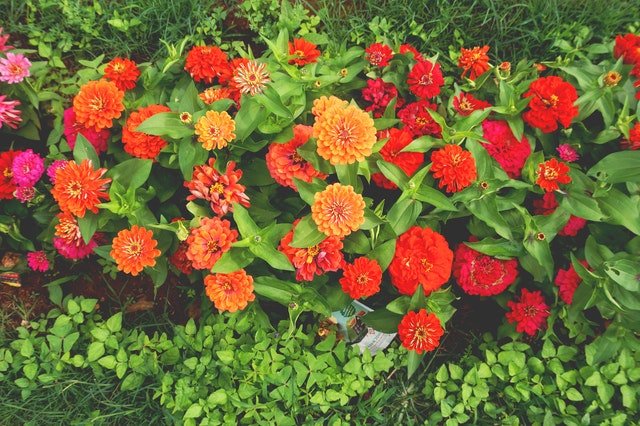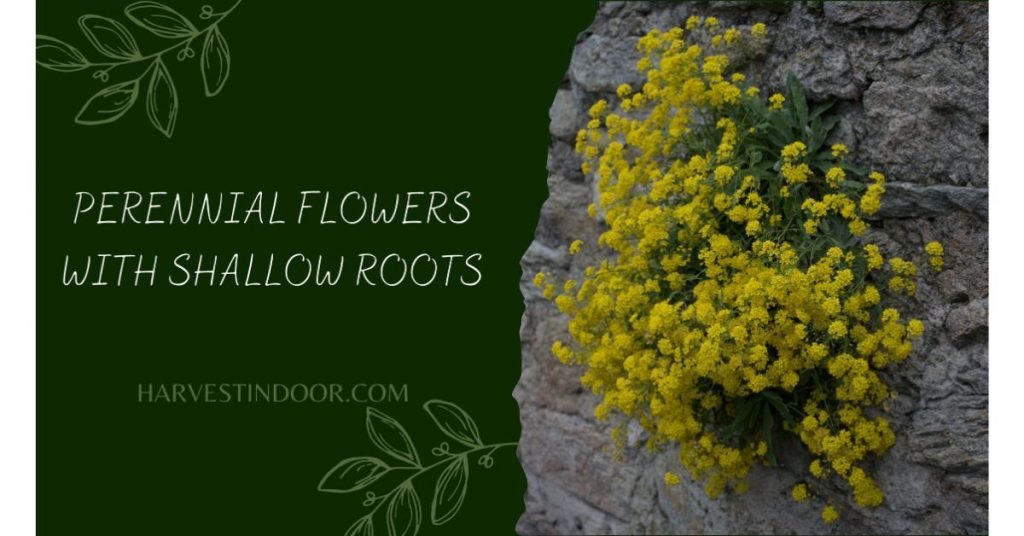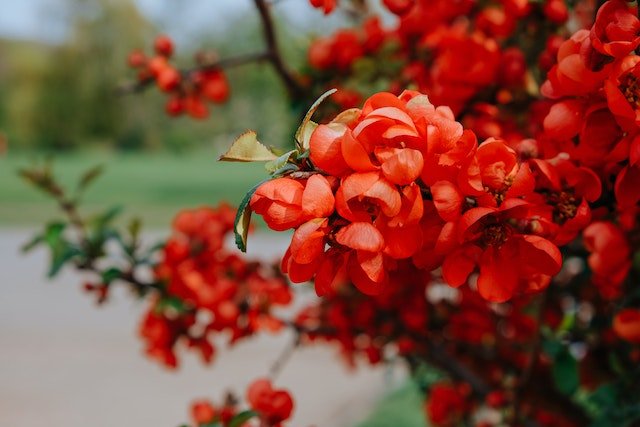The essence of a zen garden is not about how massive your landscape area is, but more about how to bring peacefulness to your home. A Japanese container garden is a beautiful and low-maintenance way to achieve this goal by incorporating nature in small gardening areas. By picking the right plants and knowing the game of arranging them in tasteful containers, you surely can create a zen garden that does not take up much space! Let’s explore some of these eye-catching Japanese container plants.
Table of Contents
Annual Plants for Japanese Container Garden
Silver Cock’s Comb (Celosia argentea)
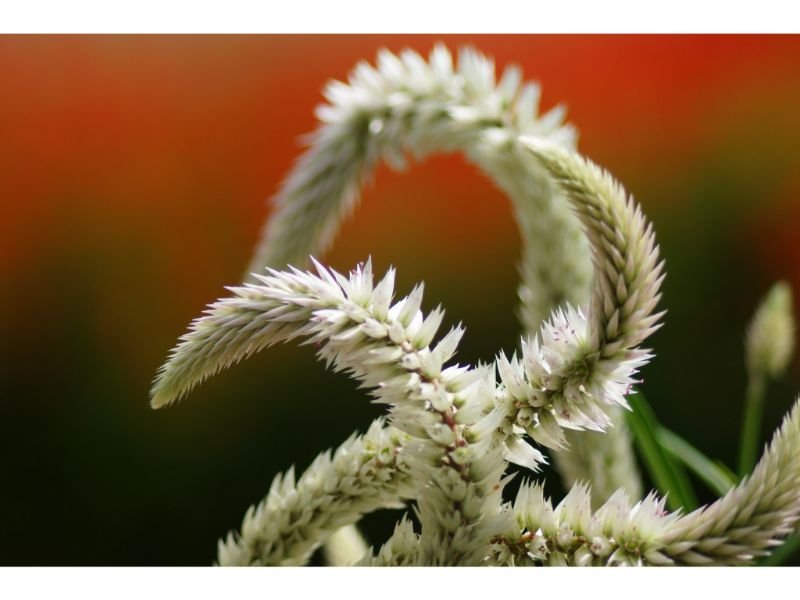
Zones: 2 to 11
Light: Full shade, full sun
Notable for its blooms’ shape that resembles a rooster’s comb or coral, the silver cock’s combs are suitable for Japanese container gardens not only for their striking colors but also ease of maintenance. From burgundy red, purple lavender, to yellow, you can pick one that suits you the best.
China Pink Dianthus (Dianthus chinensis)
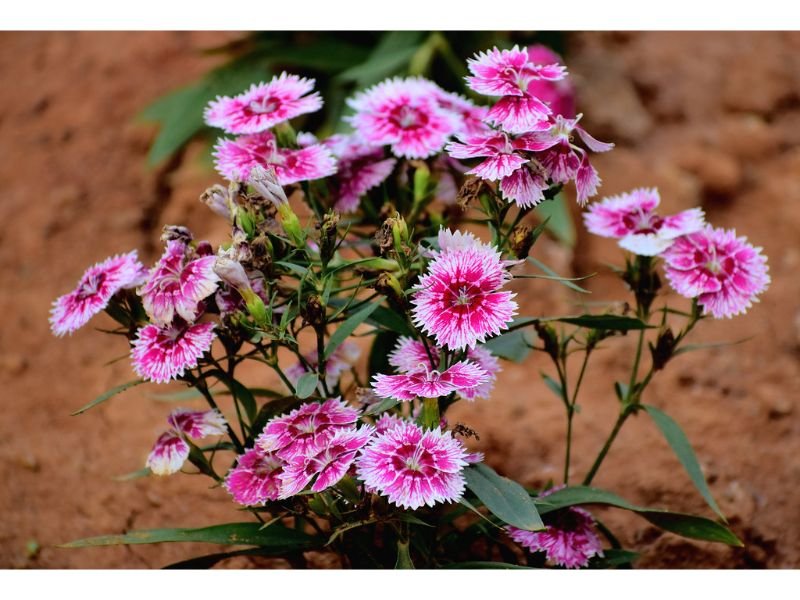
Zones: 6 to 9
Light: Full sun, partial shade
These East Asia and Southeastern Russia native plants are perfect to grow not only as annuals but also as magnificent perennials and biennials. They love a well-draining and prefer alkaline rather than acidic pH soil. Their fragrant and showy blooms are also very attractive to most pollinators.
Common Zinnia (Zinnia elegans)
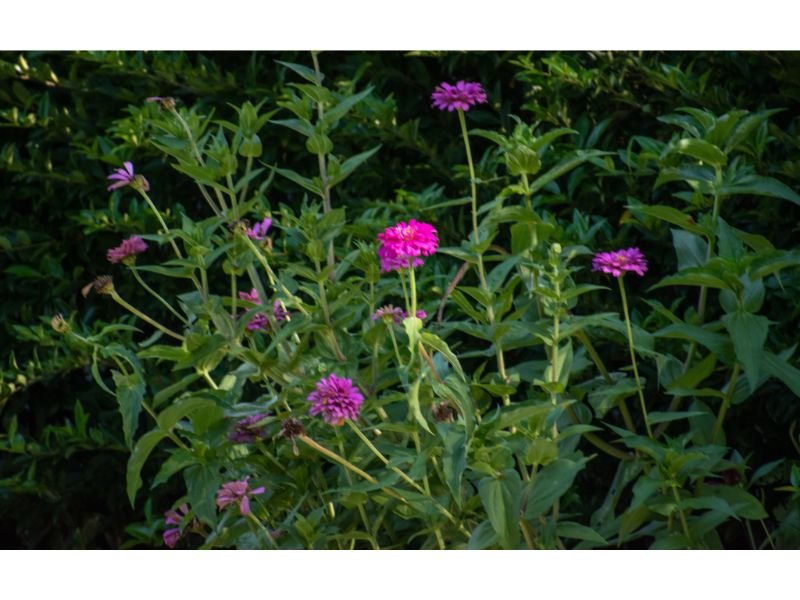
Zones: 2 to 11
Light: Full sun
Japanese adore the common zinnias, which they call these astonishing beauties as one hundred-day flowers because of their long blooming season. This Japan flower pot is best planted during spring and keeps the soil moist for the best-growing result.
Nasturtium (Tropaeolum)

Zones: 2 to 11
Light: Full sun
Sparkle some yellow, golden, orange, and burgundy colors to your Japanese container garden with delicate nasturtiums. And easy to grow and hardy in almost all growing zones, nasturtium prefers areas with colder temperatures. A temperature of 12 to 18 celsius is best for them.
Perennials for the Zen Landscape
Kozu Spice Orchid (Calanthe ‘Kozu Spice’)
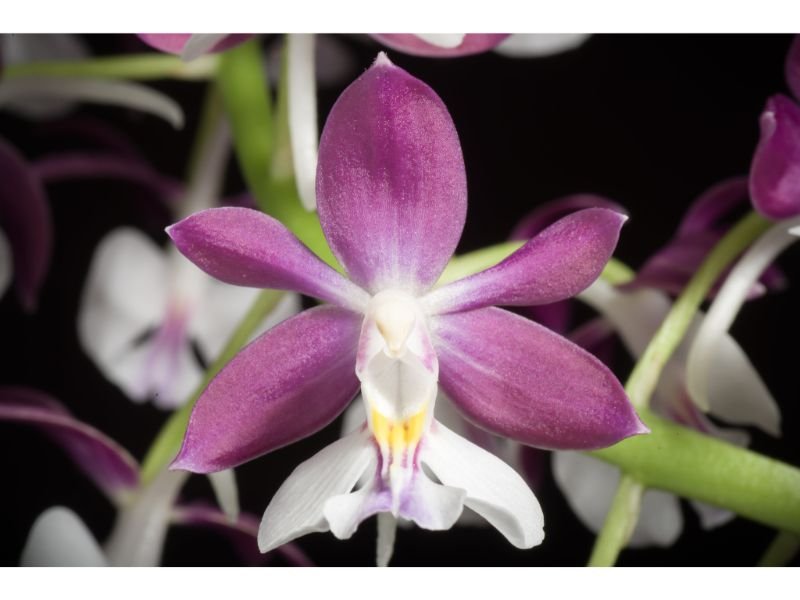
Zones: 7 to 9
Light: Full shade, partial shade
If you have shady garden areas and are not sure what to grow, you should try the showy and fragrant kozu spice orchid. This garden-worthy and cultivated species of orchid were created by Japanese botanist Kohji Karasawa in 1996 as part of a hybrid flower show in Japan. Different from most orchid counterparts, the kozu spice orchid is rather not-so-complex to grow.
Clematis (Clematis)

Zones: 3 to 9
Light: Full sun, partial shade
Clematises, although known as poisonous flowering plants, are still favored by lots of gardeners. To grow them as Japanese container garden plants, you’ll need a bigger container at least 18 inches (45 centimeters) deep. Provide them with proper sunlight and water, and you should be okay.
Siberian Iris (Iris sibirica)
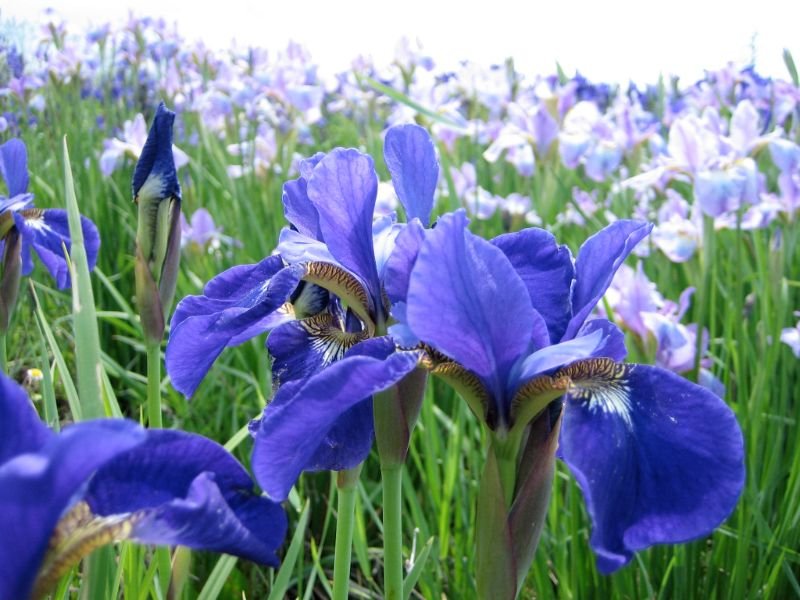
Zones: 3 to 8
Light: Full sun, partial shade
With more than 10 cultivated species available and being a low-maintenance flowering plant, it’s not difficult to see why the Siberian iris has long been favored. The Siberian iris is more than just beauty, in Japanese culture, irises symbolize health and strength. It’s also believed that irises can keep off evil spirits for those who plant them.
Red Spider Lily (Lycoris radiata)

Zones: 6 to 10
Light: Full sun, partial shade
Red is a powerful color in Japanese culture, as it’s believed to have the ability to scare evil spirits away. Bring the charm of red to your Japanese container garden by growing some red spider lilies. They thrive well in loamy and sandy soil and can be grown as indoor houseplants too.
Japanese-style Small Trees to Grow on Pots
Chinese Dwarf Bamboo (Bambusa multiplex)
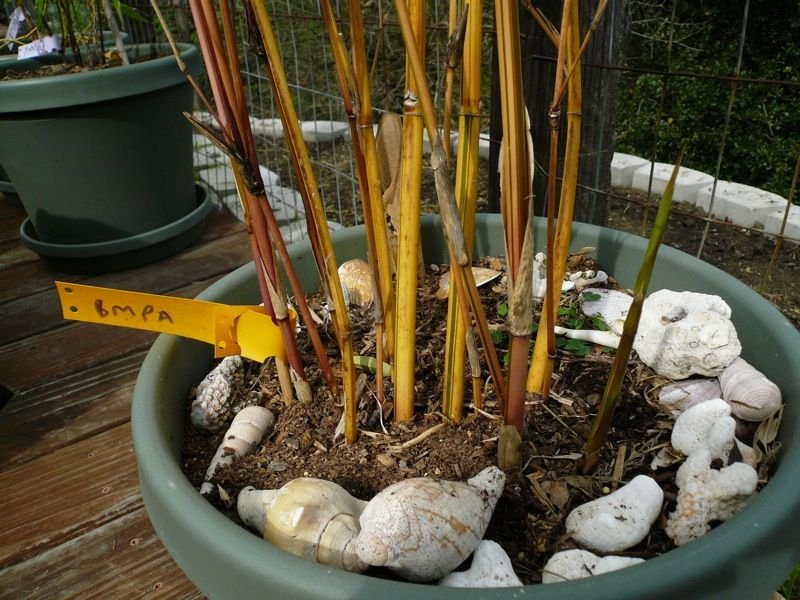
Zones: 6 to 9
Light: Full sun, full shade, partial shade
Who says you can’t grow bamboo in containers? This dwarf species of bamboo is a container and small gardening area’s best friend, and once established, they only require little maintenance. If not pruned regularly, they can grow up to 26 feet (8 meters).
Amur Maple Bonsai (Acer ginnala)

Zones: 3 to 8
Light: Full sun, partial shade
In the wild, the amur maple tree can grow up to 20 feet (6 meters), but as a Japanese container garden plant, this native to Manchuria, China, and Japan tree can turn into such gorgeous bonsai. As a general rule of thumb, the amur maple bonsai need to be watered daily during summer and decrease the amount of watering during winter.
East Asian Cherry (Prunus serrulata)
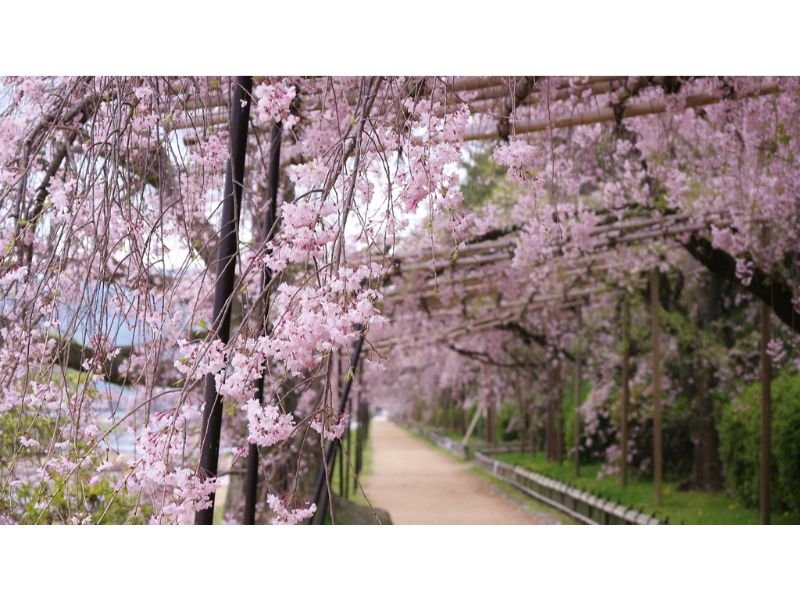
Zones: 5 to 8
Light: Full sun, partial shade
Also known as the Japanese flowering cherry, the East Asian cherry is another flowering tree that makes a good bonsai. With their showy pink or white, tiny blossoms, the East Asian cherry could turn your small zen garden into such a spectacular space! What’s more, they bloom in spring and attract pollinators including butterflies.
Snowrose Bonsai (Serissa japonica)
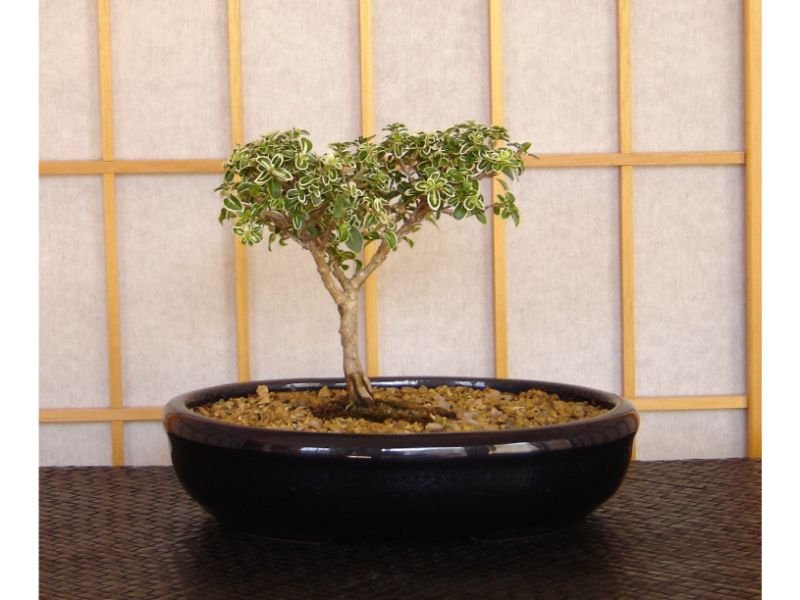
Zones: 7 to 11
Light: Partial shade
A rather underrated bonsai than amur maple and the East Asian cherry, the snowrose bonsai is a fan of high humidity and moist soil. They produce clusters of white blooms and will appreciate a regular pruning routine.
Tips for Arranging Japanese Container Plants
Creating a Japanese container garden is all about balance and harmony. With the right combination of plants and arrangements, you can turn any small outdoor or indoor space into a serene oasis. Here are some tips for arranging Japanese container plants.
Look for plants with the same growing habits
Inspect your plants, are they perennial and love sunbathing under the warm, full sun, or are they rather shy annuals that prefer shady areas? Another important thing to keep in mind is the water intake and soil pH. Plants are created differently, so it’s best to stick them with any counterparts that have similar growing habits.
Play with color, size, and shape
To illustrate, you can add more color, like pink from the China pink dianthus, near the lush green Chinese dwarf bamboo. Arranging your plants depending on the color, size, foliage, and bloom shape will add more aesthetic value to the zen garden.
Do not overcrowd plants
Overcrowding Japanese container plants is a harmful activity that should be avoided at all costs. Not only are overcrowded plants look off aesthetically, but it also makes the plants ‘fighting’ for nutrients and water.
Prune and fertilize when needed
Some of these plants need more regular pruning than others, especially bonsai. Pruning your plant is not only due to keeping them in shape, but also helps to promote new growth.
A Touch of Tranquility From Your Pots: A Summary
With the right selection of plants, you don’t need much space to create a peaceful zen garden. Whether you choose to focus more on bonsai or more on flowering plants, you can transform any small landscape into a beautiful Japanese container garden.

New author in the hood. Loves gardening and flowers are my spirit animals (yes I know they are not animals but I insist). I will be covering most of the flowers’ topics here and occasionally random though as well.


